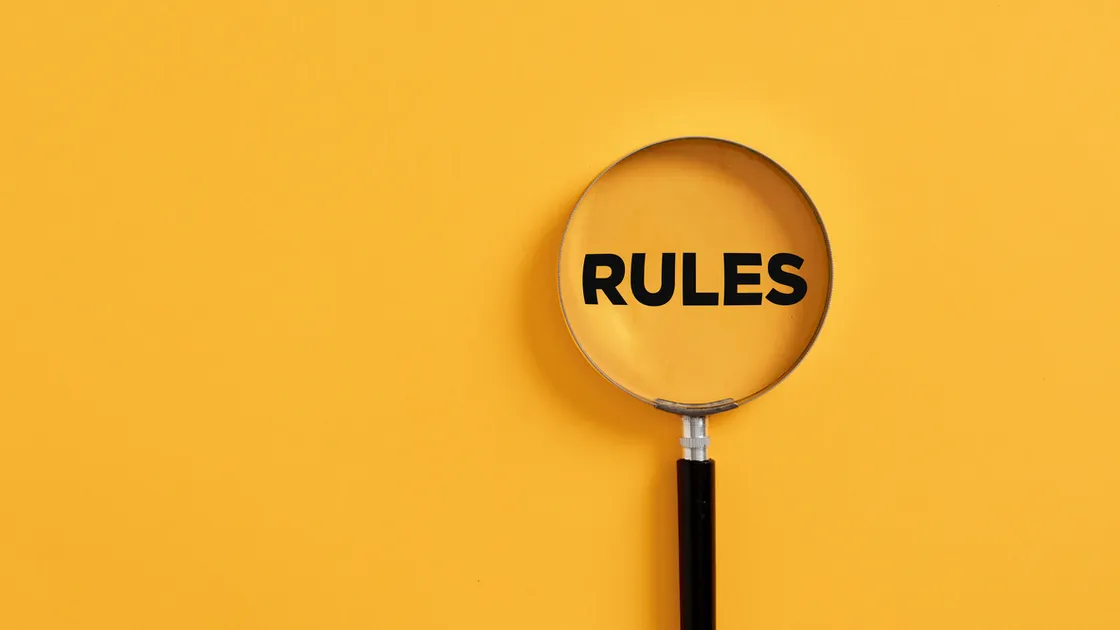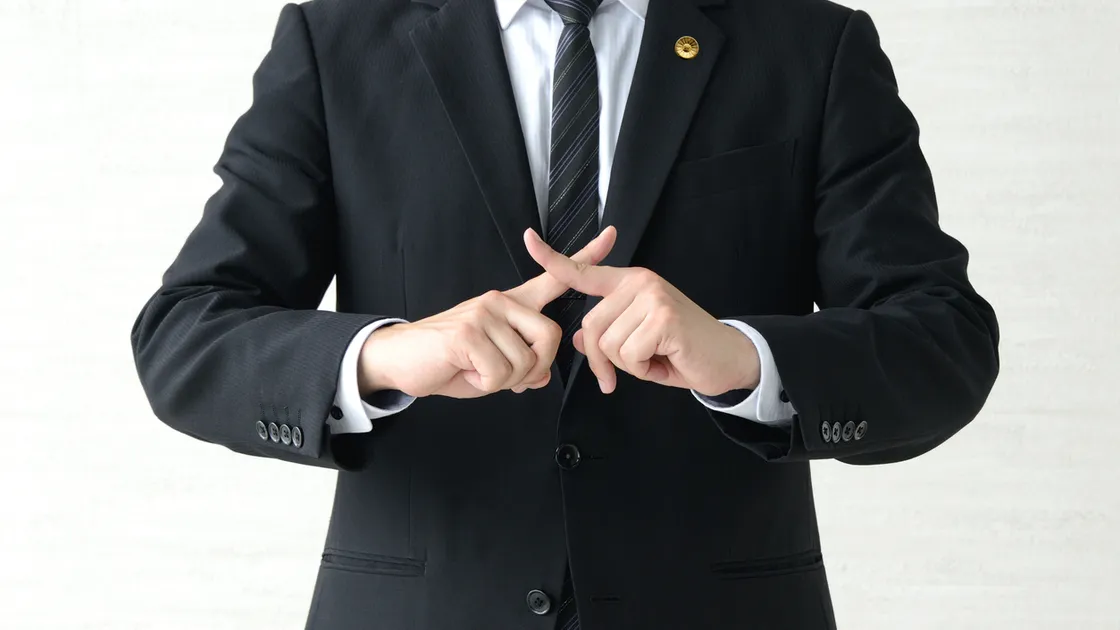How Influencer Media Regulation Works in Japan: What Global Teams Need to Know

Unlike countries such as the UAE or South Korea—where influencer activity may fall under centralized national media laws—Japan does not enforce influencer marketing through a single, unified media regulation authority. There is no blanket “state media regulation act” that governs all branded content across platforms.
However, this absence of overt censorship or licensing requirements does not mean that Japan is a hands-off environment. Instead, influencer marketing is governed through a combination of consumer protection laws, disclosure rules, and market-specific norms. Key among these are the Act against Unjustifiable Premiums and Misleading Representations, guidelines from the Consumer Affairs Agency, and the increasing scrutiny over stealth marketing and improper use of “PR” tags.
For global teams looking to scale campaigns into Japan, understanding how these decentralized but enforceable rules operate is essential—not only for compliance, but for building lasting consumer trust in a highly transparent market.
Why Japan Regulates Influencer Marketing Differently
While influencer marketing continues to grow worldwide, Japan takes a notably different approach—one that reflects its regulatory culture, consumer trust dynamics, and expectations around public disclosures. This isn’t just about legal compliance; it’s about how influence is perceived and protected in a market that values clarity over hype. To understand why Japan enforces stricter and more culturally grounded rules, we must look at how its policies evolved—and why transparency is not optional, but integral to trust.
Background of the 2023 Disclosure Regulation
In 2023, Japan’s Consumer Affairs Agency (CAA) introduced more explicit disclosure guidelines for influencer marketing. The update wasn’t sudden—it was the result of years of mounting concern over undisclosed paid promotions that blurred the line between genuine content and advertising. What triggered the reform was a series of consumer complaints and media scrutiny about influencers promoting products without making their commercial relationships clear. This led to a formal recognition that influencer posts can have the same persuasive power—and potential to mislead—as traditional ads. The new rules aim to close the gap between intent and perception, especially in digital spaces where the lines are increasingly blurred.
Why “PR” Isn’t Just a Hashtag in Japan
In Japan, “PR” is more than a casual label—it’s a legal signal. The cultural context behind this is key: Japanese consumers generally expect brands and influencers to behave with a high degree of integrity. Simply adding “#PR” or burying a disclosure in fine print isn’t enough. If the commercial intent isn’t immediately obvious, it may be deemed deceptive under the Act against Unjustifiable Premiums and Misleading Representations. That’s why Japanese regulators have been clear: disclosures must be unambiguous, prominently placed, and easily understood. Failure to do so doesn’t just risk audience backlash—it invites regulatory penalties. In Japan, disclosure isn’t a checkbox; it’s a core part of brand trust and consumer protection.
What Qualifies as “Media Regulation” in Influencer Campaigns
To operate compliantly in Japan’s influencer space, it’s critical to understand what constitutes “media regulation” under local laws. Unlike in countries where influencer marketing is treated loosely as branded content, Japan treats it as a formal advertising activity with legal implications. These regulations are not just about format—they define what kind of messages require disclosure, how those disclosures must be presented, and who is held accountable if the rules are broken.
The Legal Basis: 景品表示法, 消費者庁ガイドライン
The backbone of Japan’s influencer marketing regulation lies in the Act against Unjustifiable Premiums and Misleading Representations(景品表示法)and enforcement guidelines issued by the Consumer Affairs Agency. Together, they set clear boundaries to prevent advertising practices that could mislead or deceive consumers. While the law itself is decades old, its interpretation has evolved to address newer formats—particularly social media. The 2023 CAA update explicitly recognized influencer posts as advertisements when there is compensation, sponsorship, or value exchange. These posts are no longer seen as grey areas; they fall squarely within the scope of formal regulation and must be treated accordingly.
Which Posts Require Disclosures, and Why
The core criterion is “commercial intent.” If an influencer receives compensation—monetary, in-kind, or even in the form of preferential treatment—the content is considered advertising. This includes gifts, free samples, paid trips, or affiliate links with potential revenue. Even if the content appears organic, if it’s based on a brand relationship, it must be disclosed. What’s especially important in Japan is the clarity of that disclosure. Regulators have emphasized that if the average consumer might not realize a post is promotional in nature, it could be classified as stealth marketing (ステルスマーケティング). Visual clarity, linguistic transparency, and proximity to the promotional message all factor into whether a disclosure passes legal muster.
Who Is Legally Responsible?
Understanding who carries legal liability in influencer marketing is critical—not just for compliance, but for risk management across all stakeholders. In Japan, the legal system doesn’t solely hold influencers accountable. Instead, it distributes responsibility across advertisers, agencies, and creators, forming a chain of accountability. When disclosure guidelines are vague or contracts are missing altogether, this shared liability becomes a serious operational risk.
Advertisers, Agencies, and Influencers
Under Japanese law, all three parties—the advertiser, the agency managing the campaign, and the influencer—can be held responsible for misleading or inadequately disclosed promotional content. This principle is based on the idea of “shared intent”: if a brand benefits from the promotion and had any involvement in directing or approving the content, they share the responsibility. Agencies are similarly liable if they facilitated the arrangement without enforcing proper guidelines. Influencers are not exempt either; if they accept compensation and publish content without clear disclosure, they can be subject to administrative action and reputational damage. This tripartite structure reinforces the importance of aligning roles, responsibilities, and expectations before any post goes live.
What Happens When There’s No Contract or Guideline
A surprisingly common scenario—especially in informal or short-term campaigns—is the absence of a written agreement. In Japan, this lack of documentation does not shield any party from liability. In fact, it may increase legal exposure, as there is no proof that compliance standards were communicated or enforced. When disputes or regulatory reviews arise, courts and agencies will examine how much each party knew, directed, or benefited from the content. Without a formal contract outlining disclosure rules, review protocols, and responsibilities, all three parties risk being deemed negligent. In the worst cases, brands may suffer consumer backlash, agencies may lose credibility, and influencers may face public scrutiny—all from a single undeclared “gifted” post.
How to Disclose Properly (with Examples)
Disclosure isn’t just about checking a legal box—it’s about ensuring that consumers clearly understand when content is promotional. In Japan, regulators emphasize immediacy, clarity, and prominence. That means disclosures must be visible at a glance and not buried in captions or hidden behind vague wording. Proper placement and phrasing of disclosure tags are essential, and the difference between compliant and non-compliant content often comes down to the smallest of details.
Where to Place the PR Tag
The first rule of compliant disclosure in Japan is that it must appear before the promotional content is consumed. This means the tag—whether it’s “#PR,” “#ad,” or a more explicit phrase—should appear at the beginning of a post caption, video title, or article. Placement matters: if a viewer has to scroll, expand, or interpret the message to understand that it’s an ad, it fails to meet the standard. Japanese regulators, including the Consumer Affairs Agency, have explicitly stated that disclosures must be “easily visible without any user interaction.” Failing this, a post may be classified as misleading under Japan’s advertising law (in Japanese: Keihinhyoji-ho).
For video content, disclosures should appear in the title or thumbnail, and ideally within the first few seconds of narration. For Instagram Stories or Reels, disclosures should be presented as on-screen text that is large, clear, and visible for the duration of the story frame.
What Counts as Unclear or Misleading Disclosure
Not all disclosure is created equal. Vague tags like “#thanks,” “#collab,” or ambiguous acknowledgments such as “I received this from the brand ” are not sufficient. These lack the clarity required to inform the audience that a post is, in fact, an advertisement. In Japan, it’s not just what you say—it’s how and where you say it.
A disclosure is considered unclear if:
- It’s placed at the end of a long caption
- It’s written in small or hard-to-read text
- It’s mixed with unrelated hashtags
- It uses vague or non-standard terminology
To meet expectations, disclosures should use explicit terms like “This is a paid partnership with [Brand Name]” or “This post contains sponsored content.” Supplementing these with hashtags like “#ad” or “#PR” is acceptable, but only when used in conjunction with clear wording and visible placement.
To support implementation, a visual guide showing acceptable and unacceptable examples—across platforms like Instagram, YouTube, and TikTok—is highly recommended. This not only strengthens internal compliance training but also helps creators execute disclosures consistently and correctly.
Real Case Examples: What Went Wrong
Understanding actual enforcement cases is essential for moving beyond abstract compliance. Japan’s regulatory approach is notably case-driven: when violations occur, the Consumer Affairs Agency often issues public statements explaining why specific influencer campaigns were deemed misleading. These statements offer valuable insights into regulatory intent and practical expectations for disclosure clarity.
Past Violations and Why They Were Flagged
One of the most referenced incidents involved a group of beauty influencers who posted glowing reviews of a skincare product without disclosing that they had received free samples and compensation from the brand. Although many of the posts included tags like “#thankyou” or “#gift,” they failed to clearly indicate a commercial relationship. The Consumer Affairs Agency determined that the average consumer would not reasonably recognize these posts as advertisements. As a result, both the brand and the influencers were named in a formal administrative notice.
Another case involved a YouTube creator who featured a product prominently in a review video. Although the video was produced in collaboration with the brand, there was no mention of sponsorship in the title, thumbnail, or first minutes of the video. The only disclosure appeared briefly in the description field—after a “show more” expansion. This placement was deemed insufficiently visible and in violation of the standards outlined by the agency.
These cases underscore that even if there is some level of disclosure, it must be unambiguous, immediate, and prominent. Anything less risks regulatory action.
Lessons Learned from Consumer Agency Guidance
Following each enforcement case, the Consumer Affairs Agency typically issues guidance that explains not only what went wrong, but also how similar mistakes can be avoided. This feedback is practical, and it reflects the agency’s broader mission: to promote fair business practices without stifling innovation in the digital space.
From these official commentaries, several consistent expectations emerge:
- Disclosure must be placed before the user engages with the content.
- Vague expressions of gratitude or personal opinion do not substitute for commercial disclosure.
- Brands and agencies must not assume that verbal or visual hints will be interpreted correctly by the audience.
The practical implication for businesses is clear: unless a post is structured in a way that makes its promotional nature immediately recognizable, it risks being classified as stealth marketing (in Japanese: suterumaaketingu).
These lessons are not hypothetical—they reflect regulatory realities. For any organization operating in Japan’s influencer marketing ecosystem, ignoring them is not just a legal risk, but a reputational one as well.
Checklist: How to Stay Compliant While Communicating Effectively
Compliance in influencer marketing doesn’t need to come at the expense of creativity or engagement. In fact, Japan’s regulatory expectations can be met consistently and efficiently with the right systems in place. This section outlines key safeguards that agencies and brands should implement before launching any campaign, as well as contractual best practices that protect all parties involved.
Pre-launch Checklist for Agencies and Brands
Before any content goes live, the following points should be systematically reviewed:
- Has a formal contract been signed with the influencer?
Include disclosure responsibilities, review rights, and termination clauses for non-compliance. - Is there a clear disclosure plan for each post format?
Define what tags will be used, where they will appear, and who is responsible for placing them. - Has the influencer been briefed on Japan-specific disclosure requirements?
Avoid assumptions based on global or Western norms—Japan’s standards are stricter. - Have mock posts been reviewed by legal or compliance teams?
Pre-approval ensures that no content goes live without risk assessment. - Is there a plan to monitor and archive all published content?
Retain records for potential audits or legal disputes.
This checklist is not just a safety net—it’s a strategic tool that allows creative teams to operate with confidence and clarity.
Recommended Clauses in Influencer Contracts
A well-drafted influencer agreement is the foundation of regulatory protection. The following contract elements are strongly recommended:
- Disclosure Clause
Specifies that all sponsored content must include clear and prominent disclosure, in accordance with Japanese consumer protection laws. - Content Approval Clause
Grants the agency or brand the right to review and approve posts before publication. - Compliance Warranty
The influencer affirms their understanding of the legal requirements and agrees to comply. - Record-Keeping Obligation
Requires the influencer to provide links or screenshots of published content for archiving purposes. - Termination Clause
Allows the brand or agency to terminate the agreement in the event of a regulatory breach or reputational harm.
These clauses help distribute risk fairly and provide a clear framework for resolving disputes. More importantly, they demonstrate a proactive commitment to transparency—something that Japanese regulators increasingly expect.
Conclusion|Transparency = Trust (and Performance)
For global teams operating in Japan, regulatory compliance is not a check-the-box exercise—it’s a direct contributor to brand trust and campaign effectiveness. In a culture that prioritizes sincerity and clarity, consumers expect to know when they are being marketed to. That expectation is not only cultural, but codified in law.
Transparent influencer marketing doesn’t just minimize risk. It strengthens brand credibility, enhances engagement metrics, and lays the foundation for long-term success in one of the world’s most discerning markets. When disclosure is done correctly, it doesn’t interrupt the message—it enhances it.
The key is knowing how to localize global campaigns without compromising on either compliance or creativity. That’s where we come in.
Need support aligning your global strategy with Japanese influencer regulations?
We help international marketing and legal teams localize their workflows for Japan—reviewing content, adjusting contract language, and guiding your creators on what transparency really means in this market.
Book a consultation and move forward with confidence in both compliance and performance.






